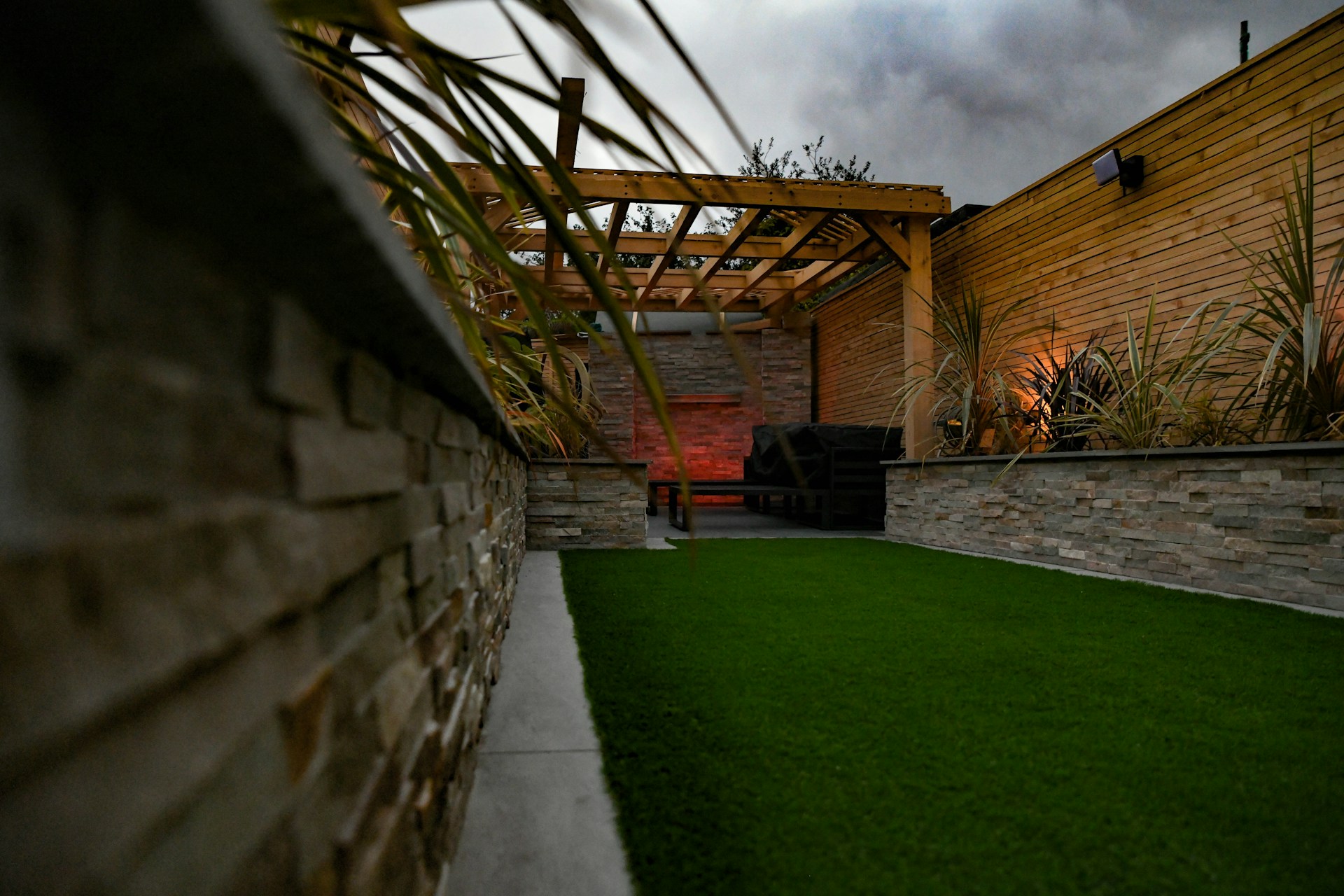Seasonal Maintenance Checklist for Indoor and Outdoor Living Areas
A seasonal maintenance checklist helps keep indoor and outdoor living areas functional, healthy, and comfortable year-round. This guide highlights practical tasks—from soil health checks to lighting updates—so you can plan maintenance by season and preserve landscape and living spaces.

Maintaining indoor and outdoor living areas changes with the seasons. Regular attention preserves soil health, prevents pest issues, conserves water through smart irrigation, and extends the life of patios, balconies, and perennials. This checklist organizes core tasks into manageable items you can schedule quarterly or monthly, balancing routine upkeep with seasonal projects like planting, composting, mulching, insulation checks, and lighting adjustments to support sustainability and comfortable living.
Landscaping and planting strategies
Review landscape beds each season for plant health, drainage, and placement. Prune shrubs in late winter before new growth starts, and remove dead or diseased material promptly. When planting, select species suited to your climate and soil to reduce maintenance and water demand. For perennials, divide overcrowded clumps in spring or fall to renew vigor. Incorporate native plants where possible to support pollinators and reduce chemical pest control needs; native species often need less supplemental irrigation once established.
How should irrigation and soil health be monitored?
Irrigation schedules should change with temperature and rainfall; reduce frequency in cooler months and increase during heat waves. Inspect sprinkler heads and drip systems for clogs and leaks at the start of the season. Test soil health annually—simple pH and nutrient kits provide baseline data—and amend soil with organic matter to improve structure. Mulch around plants to conserve moisture and moderate soil temperature, replenishing a 2–3 inch layer as it decomposes. Good soil health supports plant resilience and reduces the need for chemical interventions.
When to use compost, mulch, and manage perennials?
Compost is a versatile amendment: apply a thin layer to beds in spring and work it lightly into the topsoil for improved fertility and microbial activity. Mulch conserves moisture and suppresses weeds; apply in spring and refresh in late summer or fall. For perennials, trim spent flower stalks after bloom and cut back in autumn where appropriate to tidy beds and reduce overwintering pests. Plan planting calendars so perennials establish roots before the hottest or coldest months.
How to maintain patios, balconies, and vertical spaces?
Regular sweeping and washing prevent buildup of organic matter that can cause staining or slips. Inspect patio pavers or decking for settling, loose boards, or cracked tiles; repair minor issues promptly to avoid larger repairs. On balconies and in vertical gardens, check drainage to prevent root rot and structural moisture problems. Use lightweight soil mixes for container planting and consider vertical planters to maximize green space while maintaining easy access for watering and pruning.
What to check for insulation, lighting, and sustainability?
Seasonal maintenance extends indoors: check insulation around doors, windows, and attics before extremes in temperature to maintain energy efficiency. Test and replace lighting as needed—consider switching to energy-efficient LED bulbs and adding timers or motion sensors to exterior lights to enhance safety and reduce energy use. Evaluate sustainability practices each season: compost kitchen and yard waste, harvest rainwater if feasible for irrigation, and phase in native or drought-tolerant plants to lower long-term resource needs.
Which DIY, upcycling, and pest control steps are practical?
Many maintenance tasks are suitable for DIY: cleaning gutters, refreshing mulch, repairing small deck boards, and basic irrigation troubleshooting. Upcycling opportunities include turning old containers into planters or repurposing wood into raised beds. For pest control, prioritize monitoring: identify pests before treatment, use physical controls (barriers, traps), and favor targeted, least-toxic methods when necessary. Maintaining strong plant health and soil structure reduces pest outbreaks and supports overall landscape resilience.
Conclusion A seasonal maintenance routine covering landscaping, planting, irrigation, compost and mulch management, patio and balcony upkeep, insulation and lighting checks, and practical DIY or upcycling projects helps maintain comfortable, sustainable indoor and outdoor living spaces. Regular attention to soil health and targeted pest control preserves plant health and reduces long-term workload, while small seasonal projects prevent larger repairs and support efficient resource use.





